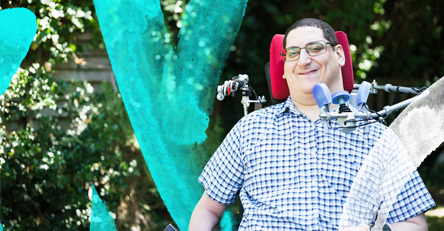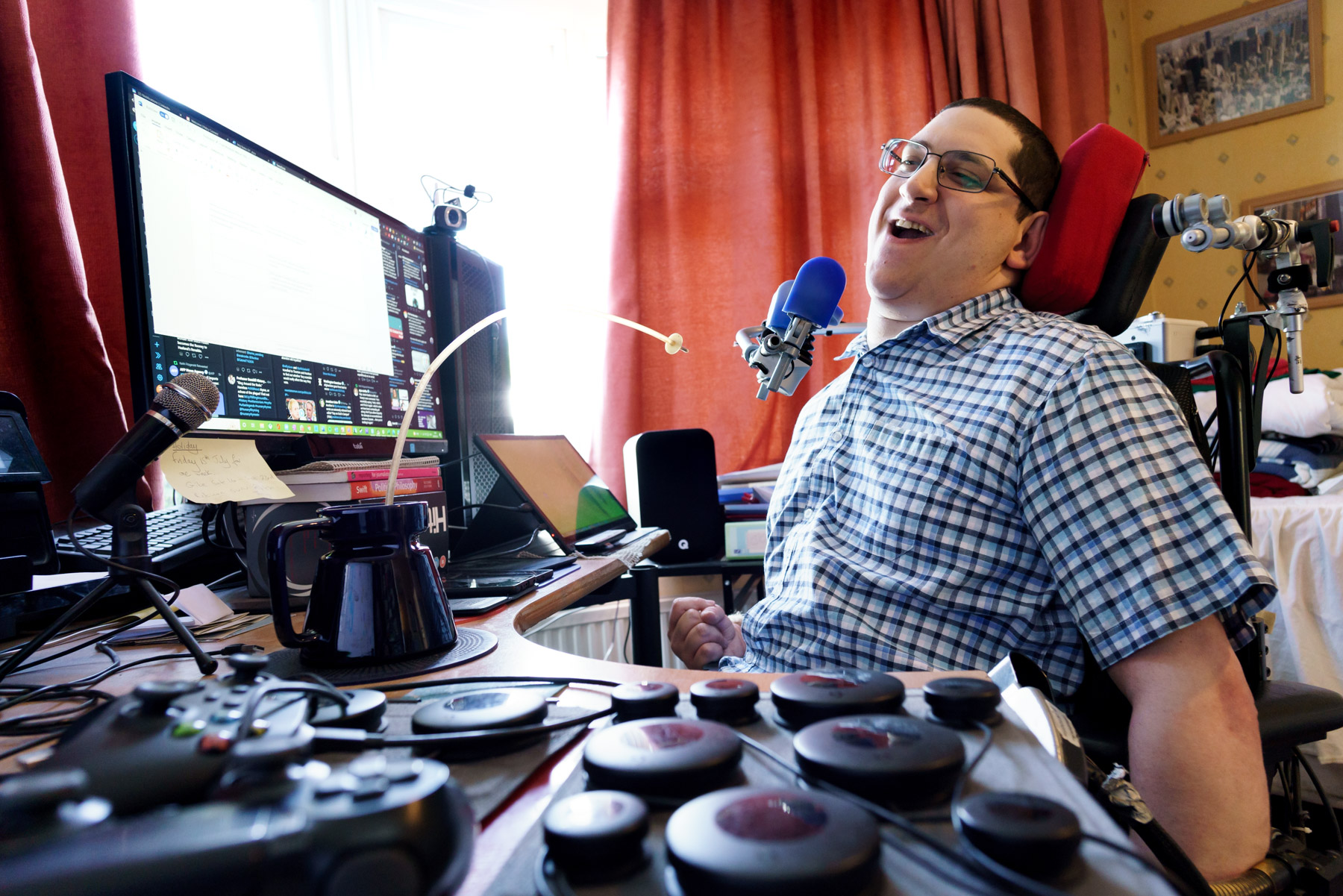Assistive technology can make all the difference for disabled people to work effectively. Here accessibility expert, Clive Gilbert, summarises developments.
The Talent and Technology Report
Talent and Technology: Building bridges to employment for disabled people explores the role of assistive technology and digital accessibility in helping disabled people find and retain employment. The report was published in 2021 by the All-Party Parliamentary Group for Assistive Technology and the cross-party think tank Policy Connect, with sponsorship from the Ian Karten Charitable Trust and the City Bridge Trust.
From recruitment practices to job roles and training opportunities, technology has transformed the world of work. People’s jobs increasingly rely on technology and some roles have moved online entirely.
Assistive technology is often vital to removing digital barriers and opening opportunities for education, training and employment for disabled people. For example, onscreen keyboards and alternative types of computer mice can help make people’s jobs accessible for them.
There are a number of government-run programmes that to help disabled people overcome the disadvantages they face when it comes to securing employment and enjoying successful careers.
- The Access to Work Programme is a grant that contributes towards the extra costs of disabled people encounter at work, such as expenses for adaptations to the office, accessible transport and employing a personal assistant for the workplace.
- The Disabled Students’ Allowance covers the additional costs associated with studying at university with a disability.
- The Work and Health Programme is a voluntary scheme that provides disabled people with personalised support with finding a job, including help with identifying people’s needs and training.
- The Disability Confident scheme aims to encourage employers to make the most of the skills of disabled people by adopting inclusive recruitment and workplace practice, including professional development opportunities.
- The Flexible Support Fund is a discretionary grant that Job Centres can use to help people who are in receipt of public benefits to find a job.
However, the report found that government funded services that provide assistive technology are unintentionally creating barriers to crucial support. For example, the Access to Work programme does not currently support jobseekers. This means many disabled people are unable to obtain the technology they need to apply for jobs and take part in recruitment processes on an equal basis with non-disabled candidates.
Research by Lloyds Bank has found that only 38 percent of people with a physical impairment have the digital skills necessary to succeed at work.
The report concluded that public services that provide assistive technology leave disabled people in digital ‘black holes’ in which they have nowhere to turn for help. This is particularly the case at important transition points such when someone is moving from school, college or university into the workplace or returning to work after a period of unemployment or being outside the workforce.
The recommendations
Talent and Technology made a series of recommendations for government, employers, educational institutions and technology companies to help bridge these gaps. These included:
- The appointment of a National Assistive Technology Champion to make sure services are fully joined up and cover all the different phases and aspects of disabled people’s lives.
- Improving careers information and advice for disabled school-leavers so they know how to access services that provide support with assistive technology.
- Better coordination between the different parts of the government responsible for delivering apprenticeships, traineeships, apprenticeships and the Access to Work Programme to ensure disabled people have the assistive technology they need to do their job from the first day of their placement.
- Using existing JobCentre Plus services more effectively to identify and remove digital barriers to employment for customers.
- Targeting disability support schemes to employers and employees who need them most – for example, by boosting the number of small and medium sized enterprises on the Disability Confident scheme.









